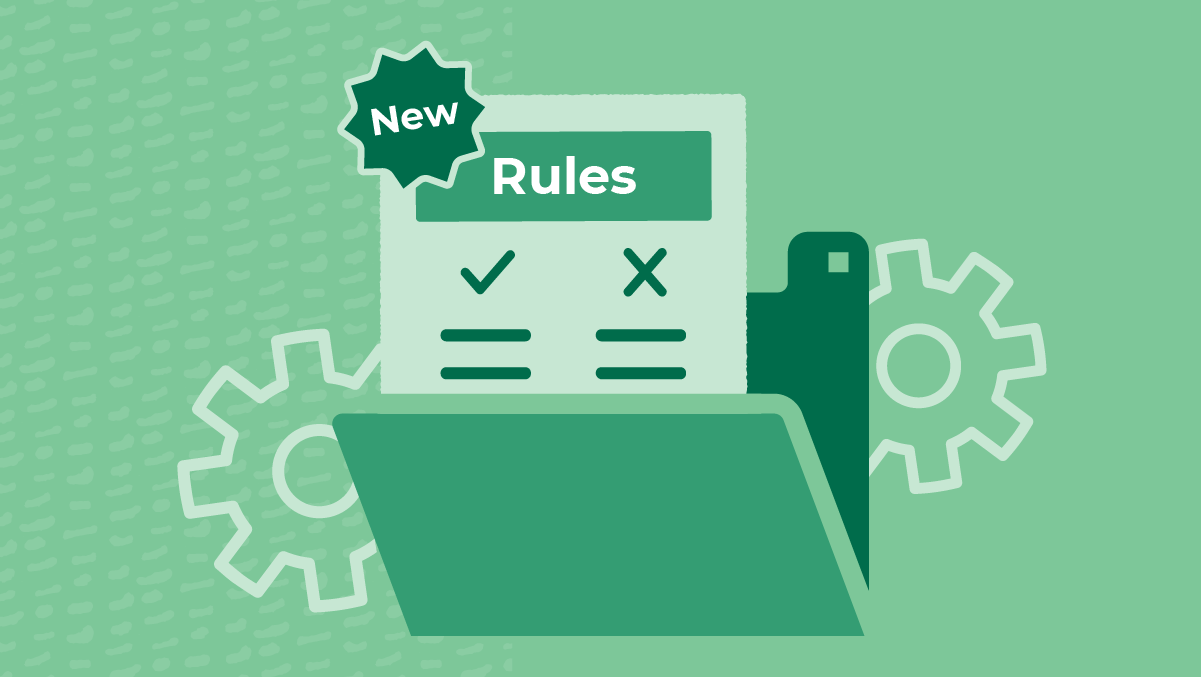Flexible working arrangements are here to stay. According to a study by Microsoft, more than 70% of workers want remote work options to continue, while about two-thirds of employees want in-person time with coworkers. The compromise is hybrid working, with employees coming to the office on certain days and working from home on the others.
Ranjit Atwal, senior research director at Gartner, called a hybrid workforce “the future of the work.” By 2022, Gartner predicts 31% of global workers working in remote or hybrid arrangements, and the United States will lead the trend with 53% of the workforce being distributed.
Project managers and the increasing number of those who find themselves as de facto project managers will need to bridge the divide and lead hybrid teams. The solution is finding the right tools to address the five new rules of project management.
1. A single source of truth is mission critical
While there’s no shortage of innovative tools that are designed to organize projects, the problem is that many live in siloes that are detrimental for aligning hybrid teams. Having a centralized hub that provides a single source of truth is vital for tasks like decision making and revenue tracking. A survey by Harvard Business Review found that just five percent of executives have a holistic view of portfolio planning and management.
For example, teams at the University of the Western Cape in South Africa had been working as independent units. When ICT Director Raymond Crown joined, he wanted to gain clarity by creating a single, centralized system to avoid the late payments that were happening with procurement requests.
Crown chose Smartsheet to track documents, signatures, and payment processing. This new system became crucial when the staff transitioned to remote work, helping avoid penalties. If a payment was late, Crown is provided an automated alert that lets him adjust department budgets to drive accountability.
2. Work flexibility makes asynchronous communication a reality
Hybrid workers need the ability to work from any device, anywhere, and at any time, which necessitates asynchronous communication. Cloud-based tools are essential for helping distributed teams work together and collaborate. Sharing contextualized information in a centralized portal keeps everyone in sync and moving forward.
For example, Fox Sports in Australia uses Smartsheet dashboards to execute live coverage. Updates are accessible via mobile devices, ensuring that team members always have the most up-to-date information. The team used to rely on printouts, which easily became outdated. With Smartsheet, the staff can confirm next steps, even if they aren’t on location.
“Smartsheet on mobile is very, very useful,” Steve Barnes, Outside Broadcast manager at Fox Sports, says. “This Saturday I might not be working, but we have 15 outside broadcasts that day. I can quickly check Smartsheet and see what time they’re on, and see that we’re on air, that the graphics are working, everything’s looking good. So I can continue my grocery shopping or whatever it is I’m doing.”
3. Resource management is a competitive advantage
Distributed teams create distributed resources, and project managers need a real-time window into capacity and utilization. In the HBR survey, 52% of executives said a single platform that combines workflow management with intelligent automation and collaboration is key for better management of resources. Yet, just 11% are happy with the transparency they have for resource management.
One of the most critical resources is talent. Overtime, a sports broadcasting company that publishes 40 original series on YouTube, Snapchat, and IGTV, recently implemented Resource Management by Smartsheet to track staff time for payroll and resource planning. Previously, Tanya Cuadra, senior production manager at Overtime, used spreadsheets to tally employee time per show, but the system was flawed and often riddled with mistakes.
With Resource Management by Smartsheet, Cuadra can input workdays, the numbers feed into a calendar that shows individual payroll figures as well as salary costs per show. Resource data helps guide decisions about series renewals, staff assignments, and hiring.
4. The plan must be tied to the work — and the results
Measuring outcomes is part of strategic planning. Organizations need a way to connect the dots, from planning and executing a dynamic workflow to measuring the alignment with enterprise strategy. Visibility with reporting can provide real-time insights that impact decision making, keeping teams on the right course.
The University of Utah Health, for example, provides patient care for residents of six states. Employees from its Culture and System Integrity organization, which focuses on human resources and project management, recently implemented Smartsheet to enhance employee training and retention to better the patient experience.
Previously, the team had used a spreadsheet-based tool that didn’t enable collaboration. By moving to Smartsheet, which automated processes, the team saw about a 30% gain in efficiency. “Smartsheet allows our project managers to spend more time working on the project than tracking the project,” says Ischa Jensen, who leads project management.
5. Connection — and context — is key
A visible, central platform doesn’t just keep everyone on the same page; it creates a system of record that chronicles a project’s history and provides context of all tasks. Project dashboards should include all the decisions, conversations, files, dates, and contacts associated with the work. With complete information at their fingertips, teams can make better decisions instead of having to chase down updates or references.
For example, the internal communications team for the pizza chain Domino’s manages several communication campaigns, including newsletters for the corporate team and franchisees, as well as one-time emails for major announcements. Previously, employees sent out separate communications to share their messages, which resulted in repetition and a low read rate of just four percent.
The team implemented Smartsheet to create a centralized platform for collecting information from a variety of sources. Using a content calendar, the communications team enters newsletter topics and stand-alone announcements that can be planned months in advance. As new topics are added, the team can determine if certain dates are too crowded. If so, they can collaborate with content owners to reschedule announcements. By streamlining messaging and implementing better strategic planning, the read rate has reached 100%.
The workplace of the future will be a flexible one. Hybrid and remote arrangements can create challenges for project managers, but technology can provide the solution, connecting team members no matter where they are and supporting organizations’ strategic planning and execution. Tools that keep teams working together can help companies navigate new ways of working.
Want to learn more about adaptive project and portfolio management? Download Gartner’s Market Guide for Adaptive Project Management and Reporting.


